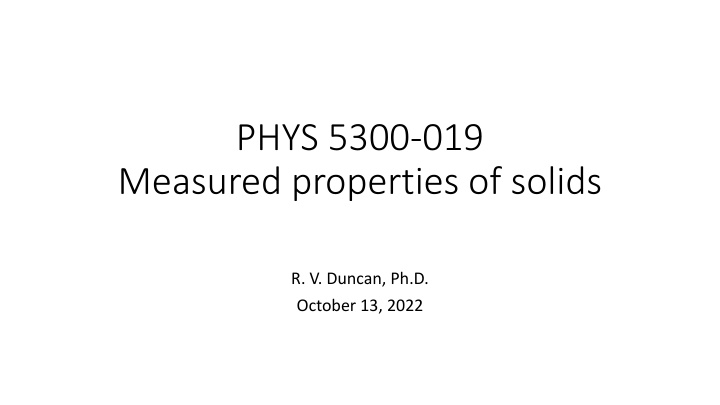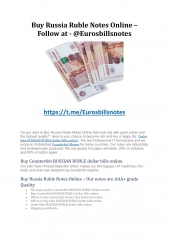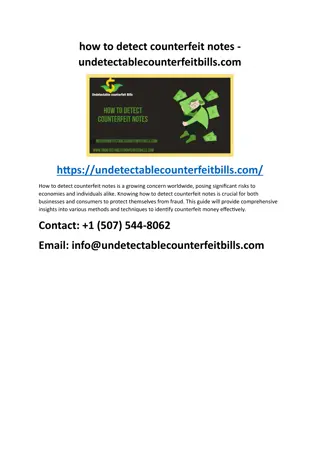
Quantum Dynamics in Solid State: Influencing Nuclear Reactions
Explore the intriguing realm of solid-state physics, delving into topics like lattice specific heat, Debye temperatures, electrical and thermal conductivity, Mossbauer effect, and quantum dynamics control. Discover how lattice excitations can modulate quantum coherence in nuclei, potentially impacting future nuclear science and reactions. Uncover the latest research on coherent control of collective nuclear quantum states through transient magnons. A fascinating journey awaits in the world of nuclear quantum optics and innovative technologies.
Download Presentation

Please find below an Image/Link to download the presentation.
The content on the website is provided AS IS for your information and personal use only. It may not be sold, licensed, or shared on other websites without obtaining consent from the author. If you encounter any issues during the download, it is possible that the publisher has removed the file from their server.
You are allowed to download the files provided on this website for personal or commercial use, subject to the condition that they are used lawfully. All files are the property of their respective owners.
The content on the website is provided AS IS for your information and personal use only. It may not be sold, licensed, or shared on other websites without obtaining consent from the author.
E N D
Presentation Transcript
PHYS 5300-019 Measured properties of solids R. V. Duncan, Ph.D. October 13, 2022
Lattice specific heat High T: Dulong and Petit https://en.wikipedia.org/wiki/Dulong Petit_law
Conduction electrons: specific heat When does the lattice specific heat become greater than the electronic contribution? Well
Electrical and thermal conductivity = RRR = (300K) / (~0K) good pure Cu: RRR > 1,000 most dirty metals: RRR ~ 5 At low-T: https://en.wikipedia.org/wiki/Wiedemann Franz_law Useful: https://cds.cern.ch/record/1973682/files/arXiv:1501.07100.pdf
Back to Mossbauer and quantum nucleonics Precoilless = exp(-Er/kB D) 57Fe 57Fe Er ~ 2 meV, kB D ~ 41 meV Detector Precoilless = 0.95 P2 = 0.91 v(t) ~ (1 cm/s) sin t ~ 3.3x10-11 sin t https://en.wikipedia.org/wiki/M ssbauer_effect
Solid Solid- -state control of nuclear quantum dynamics state control of nuclear quantum dynamics Lattice excitations, circularly polarized magnons, in a permalloy film, change the magnetic field at the 57Fe nucleus from 28 T to 25T, resulting in shifted energy transitions shown in blue. Hence, this lattice excitation modifies quantum coherence in 47Fe nuclei. See also K.P. Heeg, et al., Coherent X-ray optical control of nuclear excitons in Nature 590, pp.401 418 (2021). They state that these results may unlock coherent optical control for nuclei, and pave the way for nuclear Ramsey spectroscopy and spin-echo-like techniques, which should not only advance nuclear quantum optics, but also help to realize X-ray clocks and frequency standards. We have seen this in force at PQE 22! A new suggestion: Can this also influence novel nuclear reactions, and thereby impact future nuclear science? Not certain yet, but possibly yes Coherent control of collective nuclear quantum states via transient magnons , Fig. 1 (Bocklage et al., Sci. Adv. 7 : eabc3991 29 Jan 2021)






















